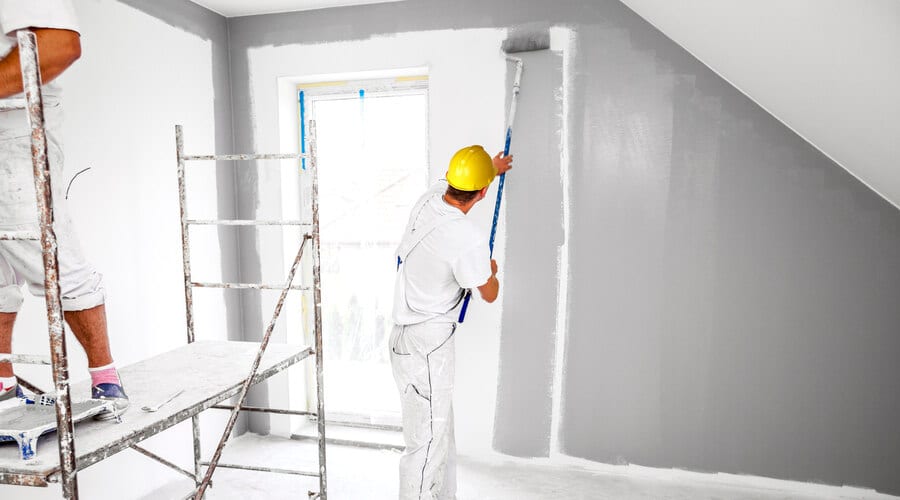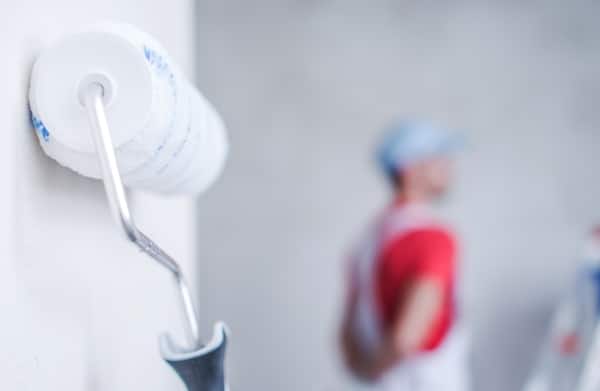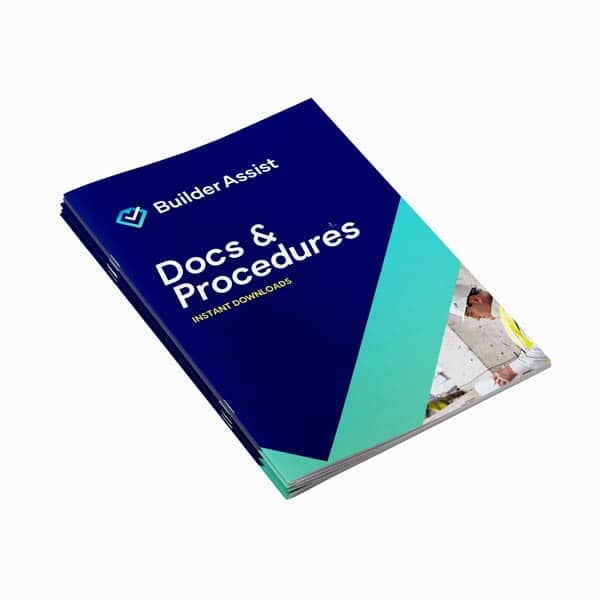
Painters play a vital role in the construction industry. They breathe life into buildings and enhance their aesthetic appeal. However, the day-to-day work for painters can be hazardous. For painter safety, it’s essential employers and workers understand the hazards and mitigate risks.
To mitigate the risks, and ensure painter safety, painters need to follow a specific set of procedures and use safety equipment. In addition to this, painters also need to make sure they're compliant. Therefore it's essential to have the correct documentation in place as well.
To make it easier for you, we've outlined the safety risks for painters, and the documents painters need to stay compliant.

It's crucial for painters to prioritise safety and have the right procedures and equipment in place.
Painter safety - what are the hazards?
Painters face many hazards and risks. For painter safety, it’s important to be aware and understand what the risks are.
Some of the major risks for painters include:
- Chemical Exposure:
Painters work with a range of chemicals, including solvents, paints, thinners and cleaning agents. Prolonged exposure to these can lead to health issues. These include skin irritation, respiratory problems and even long-term effects like organ damage.
- Respiratory Hazards:
Painters are at risk of inhaling harmful airborne particles, dust and fumes. This occurs particularly during sanding, spray painting or working in confined spaces. These hazards may result in respiratory conditions like asthma, allergies and other respiratory illnesses.
- Falls from Heights:
Painters will often work at heights, using ladders, scaffolding and elevated platforms. Falls from heights can result in severe injuries including broken bones, concussions or even fatalities.
- Ergonomic Strain:
The physical demands of painting can be hazardous. Demands like repetitive motions, prolonged standing and awkward postures including arms above the head, can lead to musculoskeletal disorders. This includes back pain, strains, sprains and joint problems.
- Noise Exposure:
While Painters work with brushes and rollers, they are often exposed to high levels of noise. This can be from power tools and other loud noises in a construction environment. Prolonged exposure to excessive noise can cause hearing loss and other auditory problems.
- Slips, Trips, and Falls:
Painters often work in areas with wet, slippery or cluttered floors or surfaces. Consequently, this can increase the risk of slips, trips, and falls.
- Eye and Skin Injuries:
Painters are susceptible to eye injuries as well. From splashes of paint, debris or flying particles. For a painter's skin, contact with chemicals or other substances can cause skin irritations and burns.
Safety procedures for painters
Safety risks faced by painters are significant. Importantly, there are essential safety documents and procedures that support painter safety. As a painter, it is your responsibility to create a safe working environment and protect both workers and employees.
Safety procedures for painters require the completion of:
- Safe Work Method Statement (SWMS): A SWMS is a document that outlines the steps required to complete a specific task safely. It is essential to have a SWMS in place before commencing a project if painting at heights is required. A SWMS is often used in conjunction with a risk assessment. Read more about SWMS in our Blog What is a SWMS?
- Safety Management Plan (SMP): A SMP aims to ensure all site Work Health and Safety policies and procedures are met by each contractor. It is a legal requirement on all construction sites. In addition, it's required to be in place and understood prior to commencement of work on a construction site. Read more about SMPs in our Blog What is a Safety Management Plan?
- Risk Assessments: Risk Assessments identify potential hazards of proposed work, assess risks involved and develop control measures to eliminate or minimise risk. Completing the risk assessment before commencing a project is crucial. It will ensure workers are adequately prepared for any hazards and risks.
- Job Safety Analysis (JSA): A JSA is a risk assessment tool used to identify and address potential hazards on a particular job or task. The document breaks down each job into individual steps. It identifies the potential hazards associated with each step and outlines control measures to be implemented to mitigate the hazards. Read more about JSAs in our Blog The purpose of a JSA.
What safety equipment do painters need?
For painter safety, the use of safety equipment is essential. Knowing what safety equipment is needed can be difficult. However, these will be identified when completing the essential safety documentation and procedures before commencing projects.
Some useful safety equipment may include:
- Personal Protective Equipment (PPE):
PPE can include safety goggles or glasses to protect eyes from splashes, debris and particles; masks or respirators to protect from harmful substances; gloves to shield hands from chemicals, solvents and abrasives; protective clothing to minimise skin exposure to chemicals and other hazards; and hearing protection if exposed to high noise levels when using power tools or noisy environments.
- Fall Protection Equipment:
Working at heights is a common aspect of painting jobs. Therefore, appropriate fall protection equipment may be needed including harnesses and anchor points. This equipment should meet the relevant safety standards and be inspected regularly for any signs of wear or damage.
- Ventilation Systems:
To minimise exposure to harmful airborne substances from paints, solvents and other chemicals, painters can use ventilation systems. These include exhaust fans, air purifiers or local exhaust ventilation (LEV) systems. Importantly, they help remove and circulate fresh air, maintaining a healthier work environment.
- Drop Cloths and Tarps:
Using drop cloths or tarps protect surfaces from paint spills and drips. However, they also minimise the risk of slips or falls on slippery surfaces. Painters should ensure all drop cloths and tarps are slip-resistant, with a non-slip base.
- Dust Extraction Systems:
A dust extraction system can help capture and remove airborne particles from sanding surfaces and power tools. They ensure a cleaner and healthier work area while reducing the risk of respiratory issues caused by dust inhalation.
What other documentation do painters need?
In addition to painter safety documentation, painters also require documents for quality control. To maintain a high standard of work and your reputation, you need a Quality Management Plan and an Inspection Test Plan in place.
- Quality Management Plan (QMP): A QMP outlines the specific processes and procedures to be followed to ensure work is performed to the required standard consistently across project jobs. You can read more about QMPs in our Blog QMP meaning – what is a QMP.
- Inspection Test Plan (ITPs): an ITP is a comprehensive quality assurance document that sets-out the job step critical points at various stages within each process for scheduled inspections and verifications. Read more about ITPs in our Blog What is ITP in construction?
Builder Assist offers a number of painter-specific templates for both safety and quality control. They are user-friendly and instantly downloadable, and:
- Industry-leading developed by award-winning industry experts
- Microsoft formatting for easy editing
- Customisable to your company brand
- Provided with full instructions
To start saving time, purchase a painter-specific template by heading to documents for Painters.



